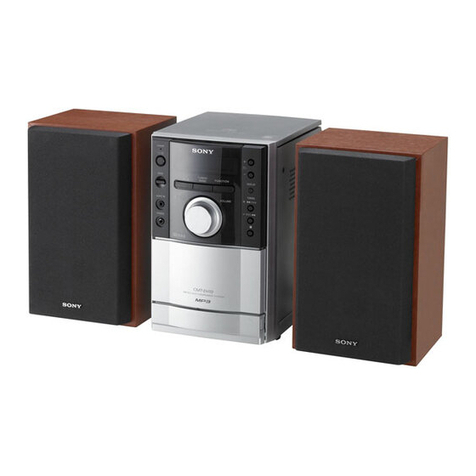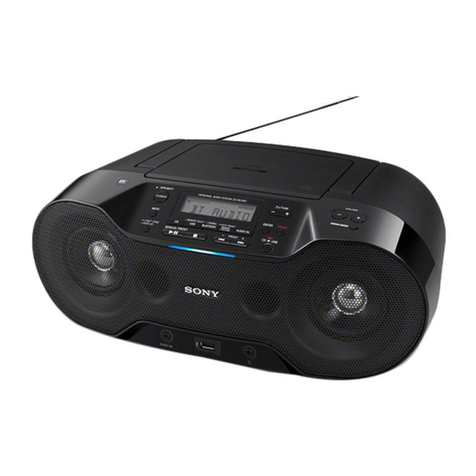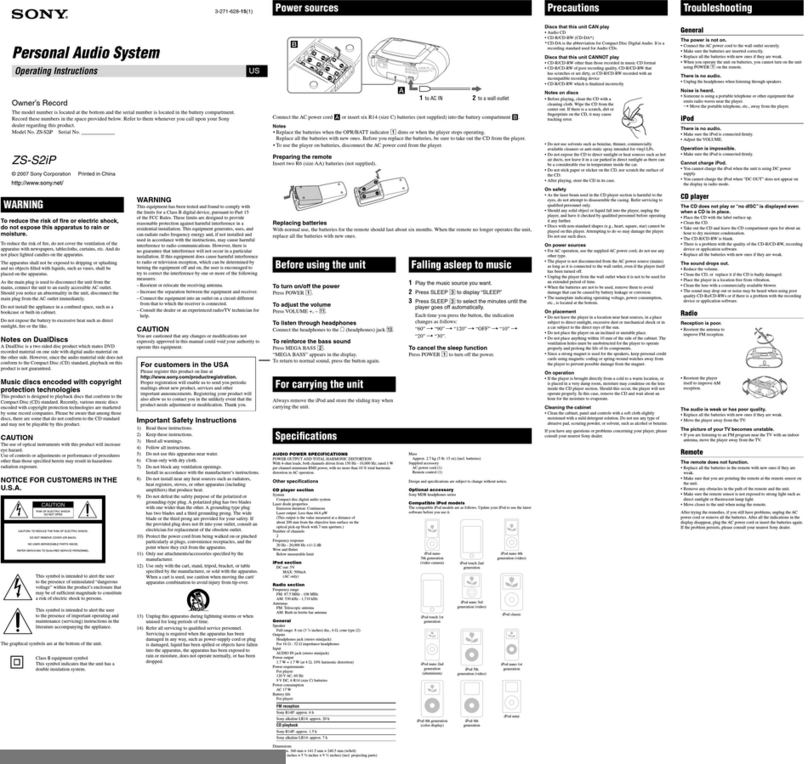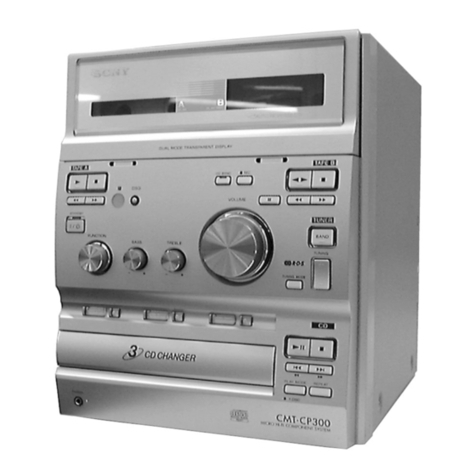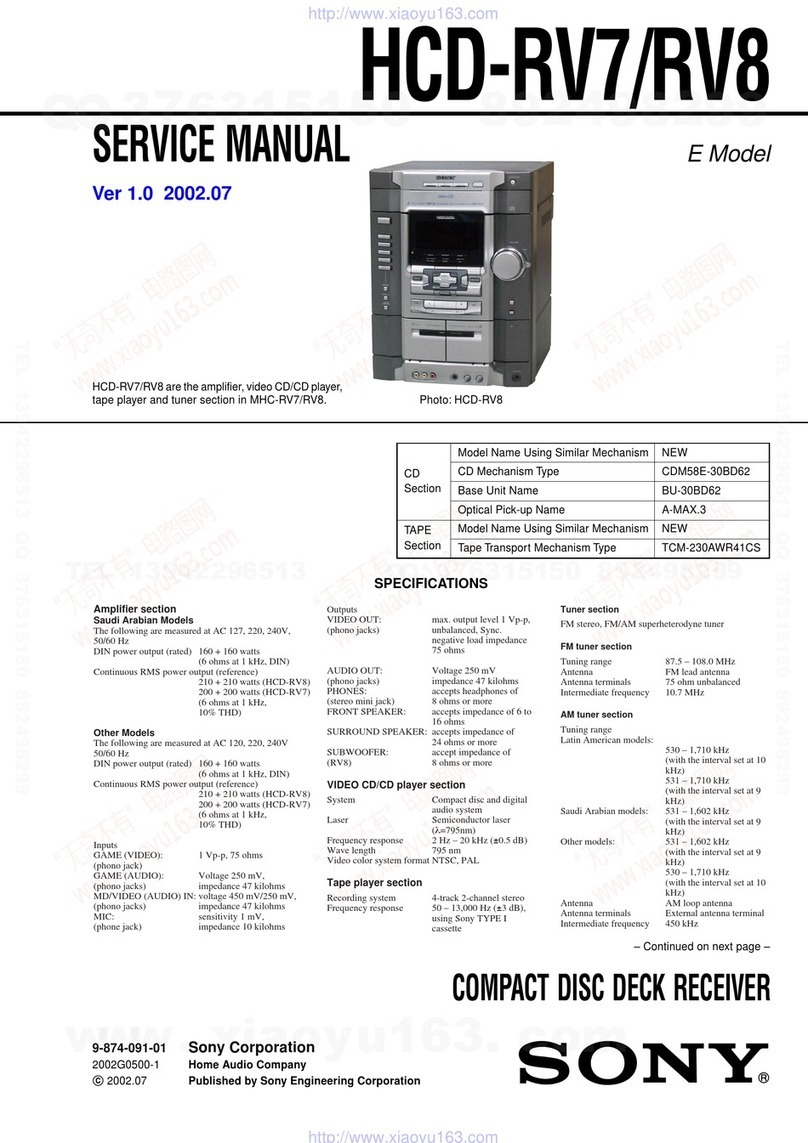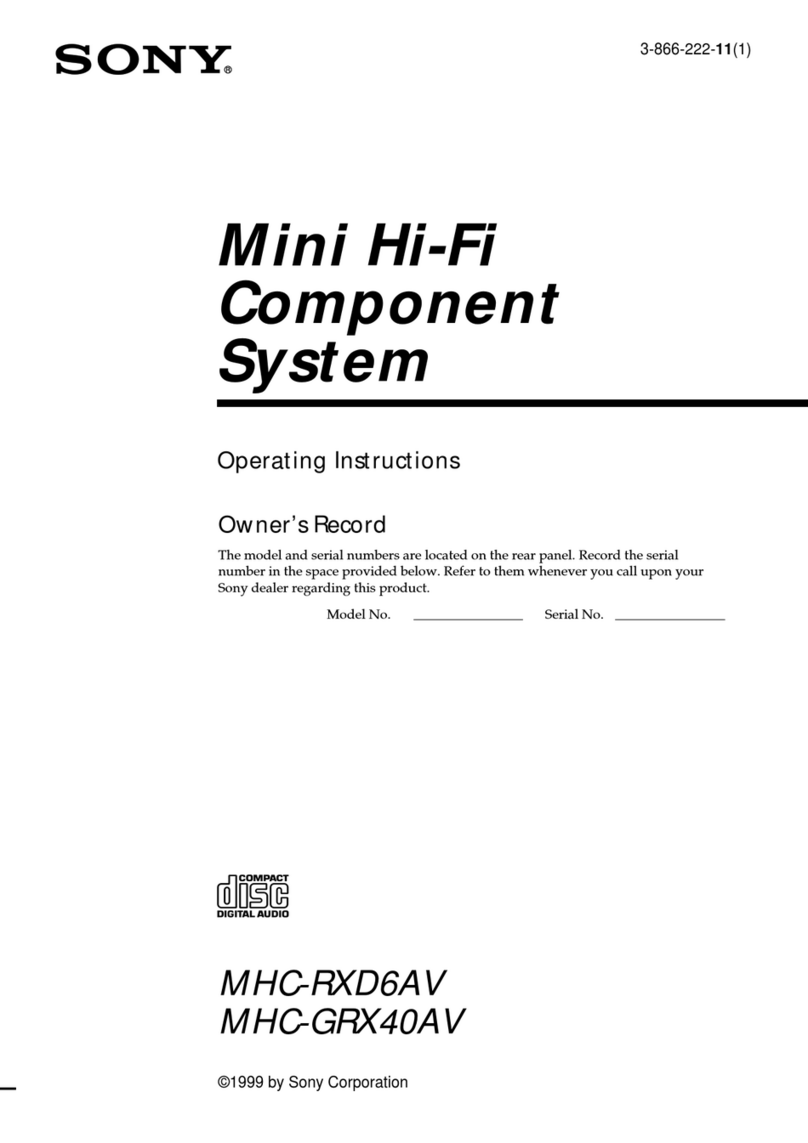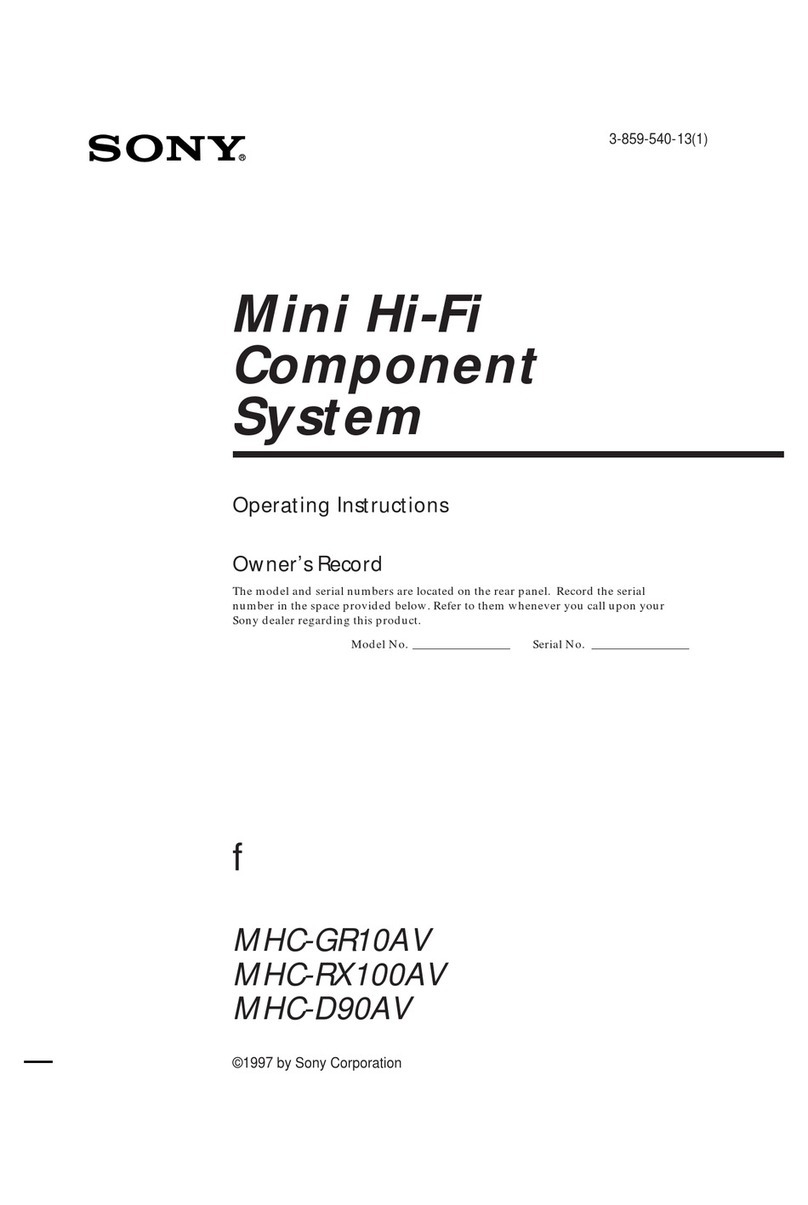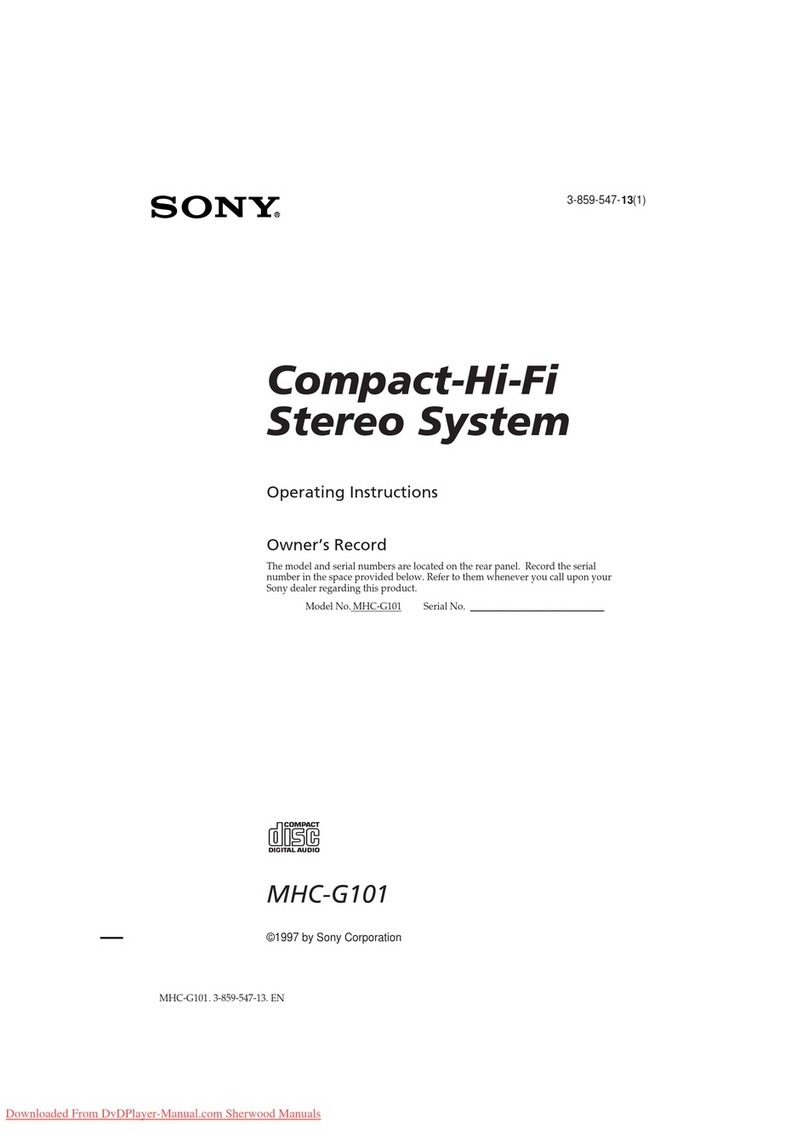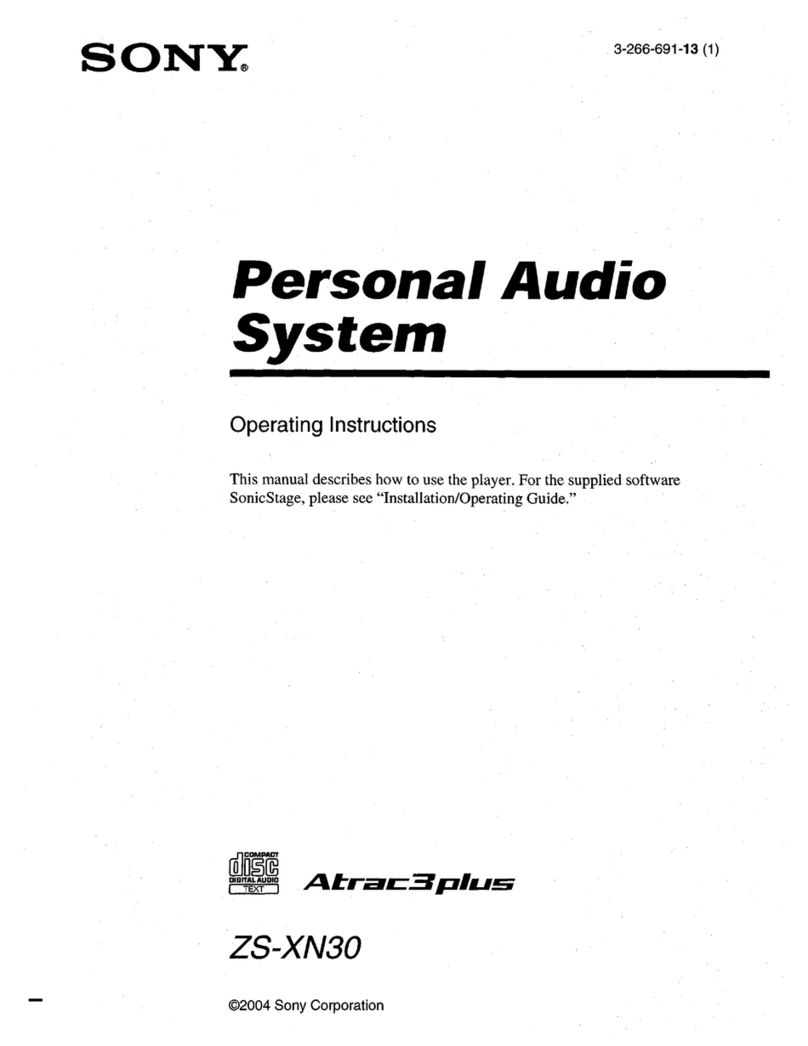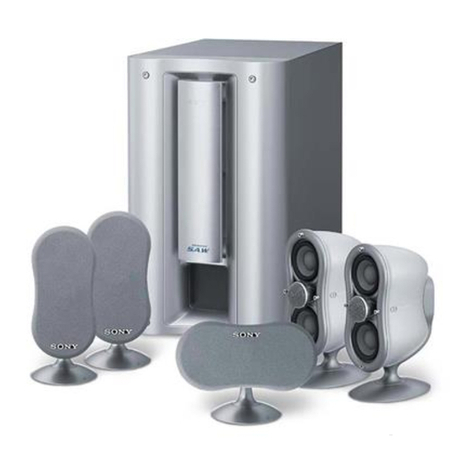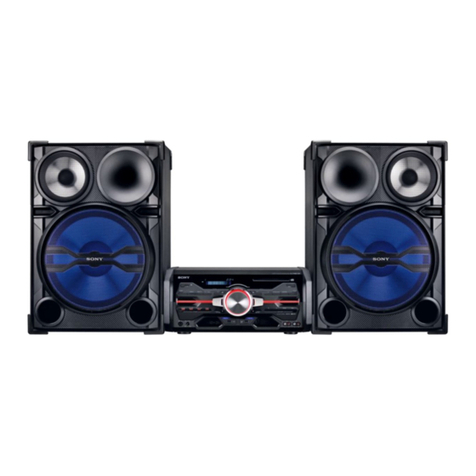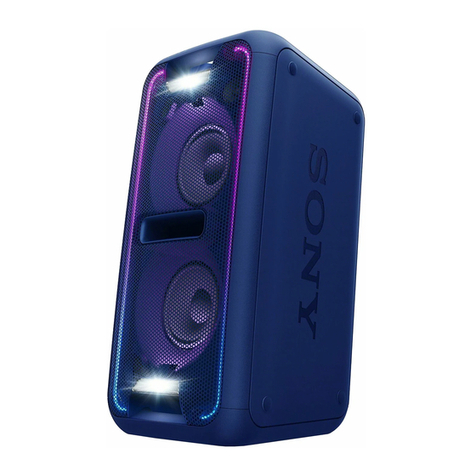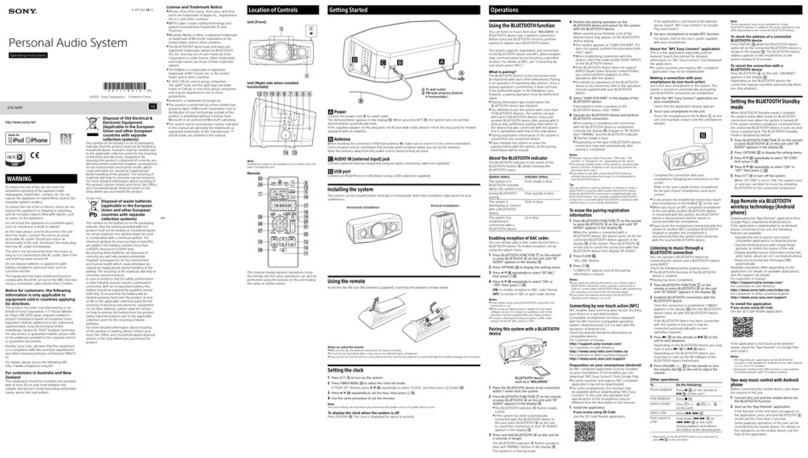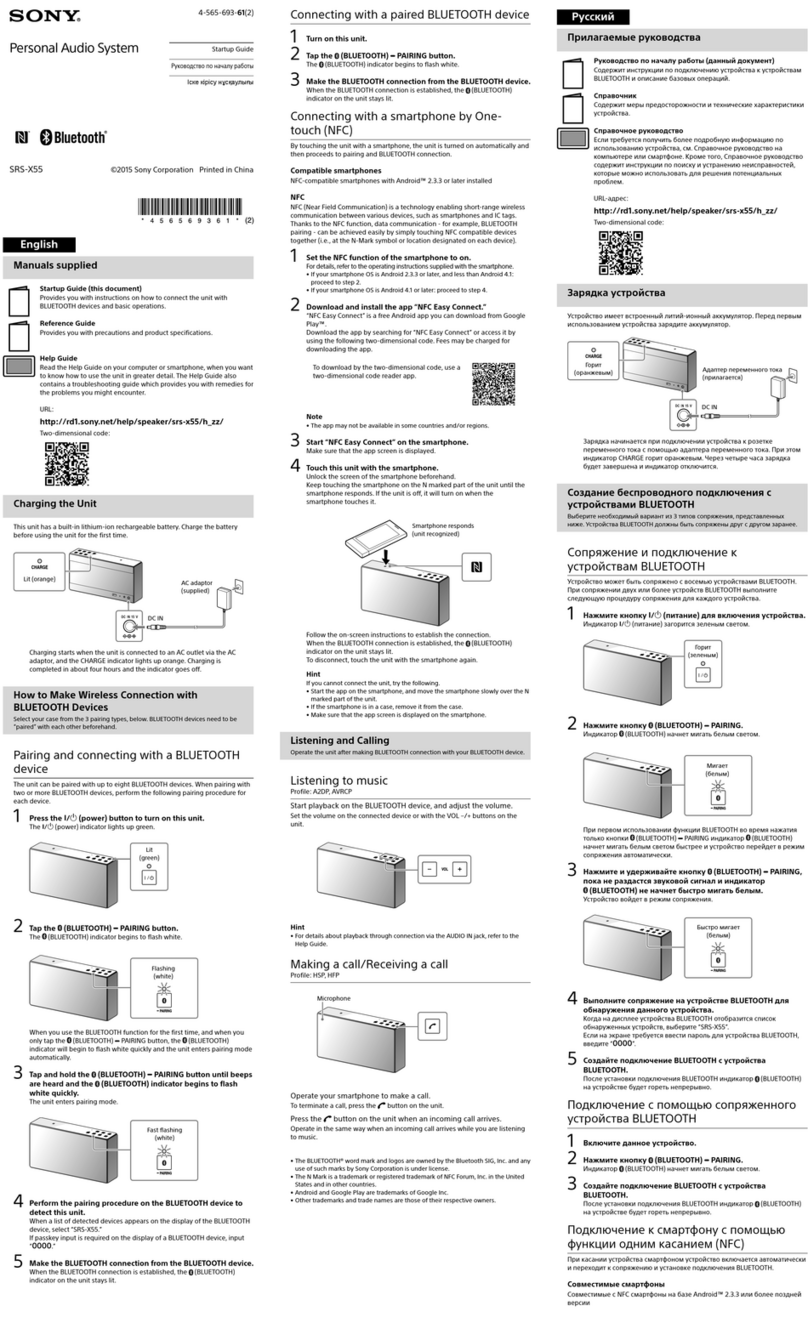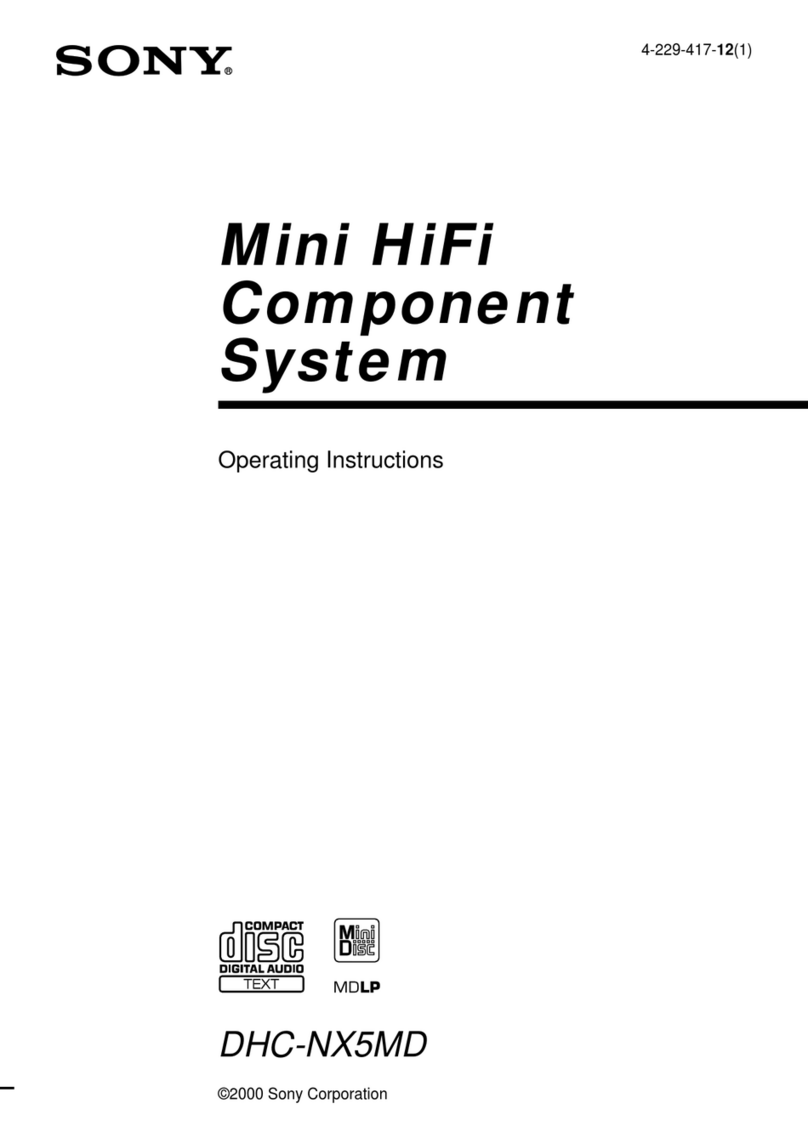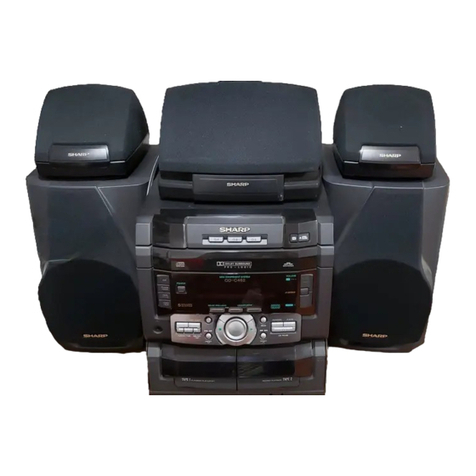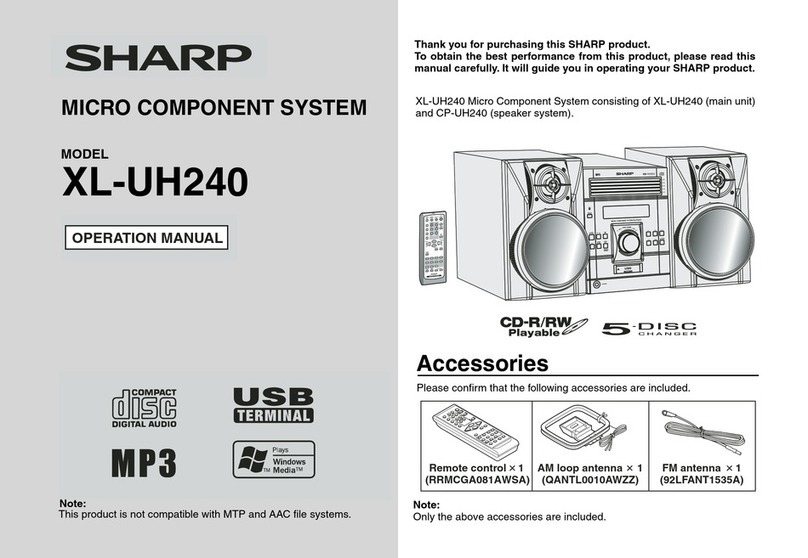
Getting
Started
PRECAUTIONS
sic.
Ssccssetsecscksccsccedsssssetensesenssocssesvaconceesonseosensbasseses
3
PLAPArAtlONns
...:...sscseccsnssssrcossesssessesnseosseascnssseseoaseasossscessosecoees
3
CONNMECUONG
icccisiscceccscectacssesossebcsscossecesss
cb
sebecscdostesteasccéecestevsed
4
Using
Your
Stereo
Turning
on
the
Power
...........csssssssssssssssssssccsecssserssccesensenees
5
Basic
Sound
Adjustment
.............s.scscccsssscsrsssssscsccnssessescers
6
Receiving
Broadcasts
...............sscscscsccsssscecessessesscsscssseceees
7
Playing
Back
Tapes
............ssscscsscenscscsscsssescsessesersnsees
Seashonsts
9
Recording
On
Tape
............sccssscecccscrsscssesseccsscsosessesseesseees
10
DUDDING.
TADS
55
cis8<ccsccssccssnccsesstseatossengsesesecesasestesincsesessenes
12
Playing
Compact
DISCS
..............scsscccssssssesseseesesceserserssserses
13
Playing
in
a
Random
Order
...........s.sccsscrserssrsscseccsecsecserseees
15
Playing
in
a
Desired
Order
and
Time
...............essccssssesseseree
16
Playing
the
Beginning
of
Each
Selection
..........
sdbeecestdscesuses
18
Playing
Repeatedly
...........sescssosrssrrssscsssessessonserseossecsssseseoes
18
Designating
the
Total
Playing
Time
.............s.secccscecesssseeses
19
Tips
On
Editing
Tapes
............sccccsccsssssscessessesessscsssecsssesees
20
General
MaiNtONaNCS
ne
ccccessccsssccessecsstestnsscssctecessastscestessbessisaseccctescscs
22
SPOChIGAlONS
éi.cccicscccescdesexsecsccecaieondactessansseserteuddooacess
cnedesase
23
Troubleshooting
Guide
............cccccsccccesecsssscessasecsseeseceseneeees
24
Location
of
Controls
............00.
sdapsavbsbivendssessabensbéunssessioestasess
26
ad
qsvers
10]
telat
Before
operating
the
system,
read
the
following
precautions
carefully
¢
Operate
the
unit
only
on
120
V
AC,
60
Hz.
©
Unplug
the
system
from
the
wall
outlet
if
it
is
not
to
be
used
for
an
extended
period
of
time.
To
disconnect
the
cord,
pull
it
out
by
grasping
the
plug.
Never
pull
the
cord
itself.
¢
Should
any
solid
object
or
liquid
fall
into
the
unit,
unplug
the
unit
and
have
it
checked
by
qualified
personnel
before
any
further
operation.
As
the
laser
beam
used
in
this
unit
is
harmful
to
the
eyes,
do
not
attempt
to
disassemble
the
cabinet.
Refer
servicing
to
qualified
personnel
only.
¢
AC
power
cord
must
be
changed
only
at
the
qualified
service
shop.
If
you
have
any
questions
or
problems
concerning
your
system,
please
consult
your
nearest
Sony
dealer.
For
detailed
precautions,
see
the
leaflet
“IMPORTANT
SAFEGUARDS”.
Preparations
You
can
control
the
system
(except
the
cassette
deck)
with
the
supplied
remote
commander.
nic)
paleccm
Ore)
aatearclatelsa
Insert
two
size
AA
(R6)
batteries
with
the
correct
polarity.
1
Slide
the
cover
in
the
direction
of
the
arrow
to
remove
it.
2
insert
two
size
AA
(R6)
batteries
correctly
so
that
the
+
and
-
polarities
match
the
polarity
diagrams
inside
the
battery
compartment.
Battery
life
About
half
a
year
of
normal
operation
can
be
expected
when
using
Sony
SUM-3
(NS)
batteries.
When
the
batteries
are
exhausted,
the
commander
can
no
longer
operate
the
unit.
Replace
both
batteries
with
new
ones.
To
avoid
battery
leakage
When
the
commander
is
not
to
be
used
for
a
long
period
of
time,
remove
the
batteries
to
avoid
damage
caused
by
battery
leakage
and
corrosion.
To
avoid
malfunction
of
the
remote
commander
Avoid
keeping
the
commander
in
extremely
hot
or
humid
locations.


